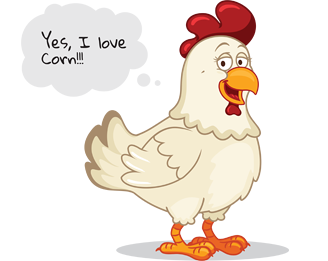
Chickens can distinguish between more than 100 faces of their own species. They tend to look at comb, head and wattle to figure out who is who.
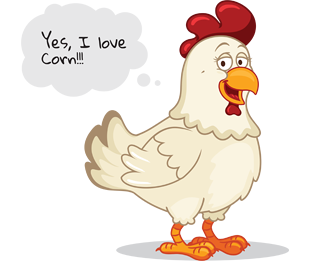
Chickens know who’s boss - they form complex social structures known as “pecking orders,” and every chicken knows his or her place on the social ladder.
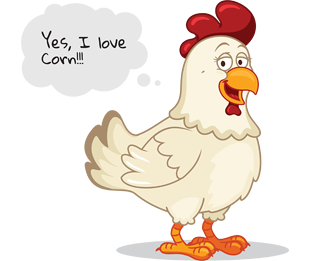
Chickens have more bones in their necks than giraffes.
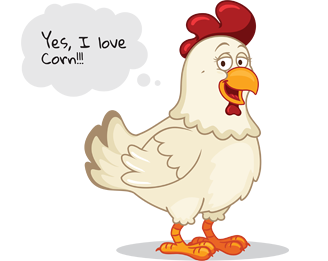
Chickens have no teeth and swallow their food whole. Part of their stomach, with the help of grit is used to pulverize and grind their food into small enough particles to be absorbed later in their intestines
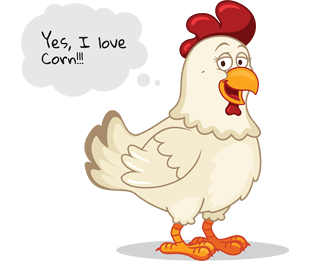
Chickens experience rapid eye movement (REM) sleep, which means they dream just like we do.
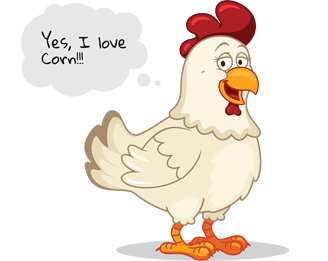
Chickens communicate with more than 24 vocalisations, each with a distinct meaning, including warning their friends about different types of predators or letting their mothers know whether they’re comfortable.
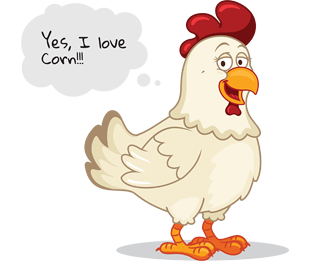
A mother hen begins to teach calls to her chicks before they even hatch. Mother hens talk to their unborn babies, and they chirp back through their shells.
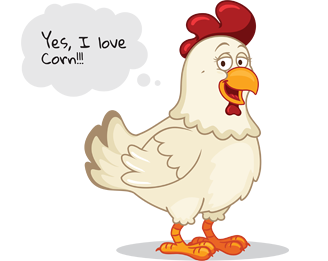
There are more than 150 different varieties of domestic chickens. These varieties have different colours, patterns and combs.
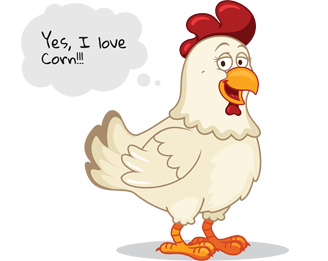
A female chicken is called a ‘hen’.
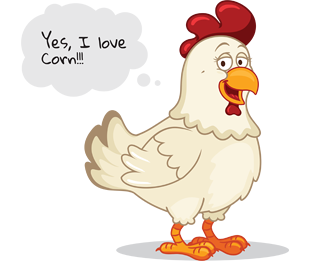
A male chicken is called a ‘rooster’.
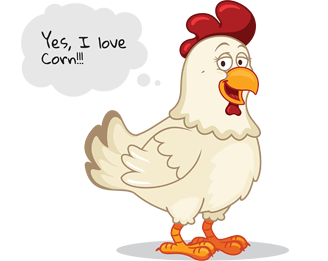
Young female chickens are called pullets and young male chickens are called cockerels.
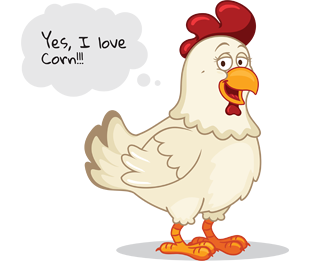
A newly hatched chicken is called a chick.
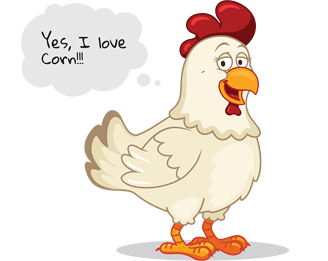
A group of chickens is called a ‘flock’.
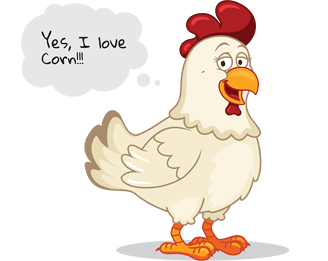
Chickens are not able to sustain flight and the longest recorded flight of a chicken is a mere 13 seconds. Chickens can, however, travel up to 9 miles per hour by foot.
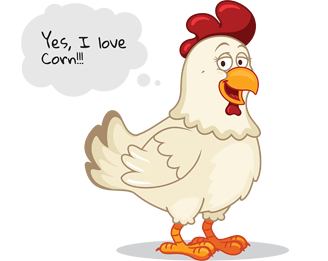
All domestic chickens can be genetically traced to Gallus Gallus, The Red Jungle Fowl.
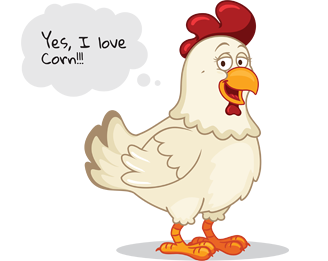
Chickens have amazing eyesight. They can move each eye independently and can see 300degrees of vision without turning their head.





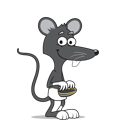



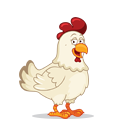












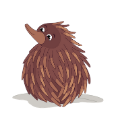



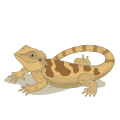
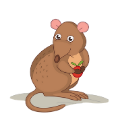

 Freedom from hunger and thirst
Learn more
Freedom from hunger and thirst
Learn more
 Freedom from discomfort
Learn more
Freedom from discomfort
Learn more
 Freedom from pain, injury or disease
Learn more
Freedom from pain, injury or disease
Learn more
 Freedom to express normal behaviour
Learn more
Freedom to express normal behaviour
Learn more
 Freedom from fear and distress
Learn more
Freedom from fear and distress
Learn more


